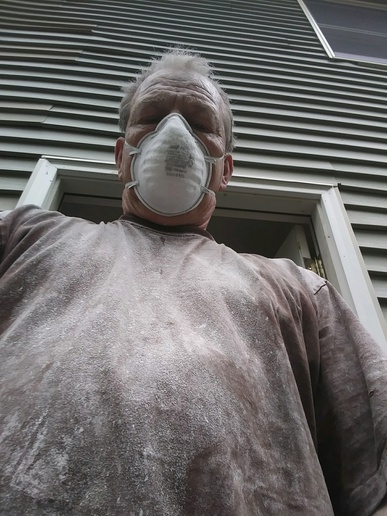Ultradog MN
Well-known Member
- Location
- Twin Cities
New rock and mud on 4 walls and the ceiling in a 12X17 room.
Just finished sanding it out and it's ready for primer.
Hot and sticky today too.
Not my favorite task.
It took about an hour and a quarter.
There's other ways nowdays but I still do it by hand. It does the nicest job.

Just finished sanding it out and it's ready for primer.
Hot and sticky today too.
Not my favorite task.
It took about an hour and a quarter.
There's other ways nowdays but I still do it by hand. It does the nicest job.


